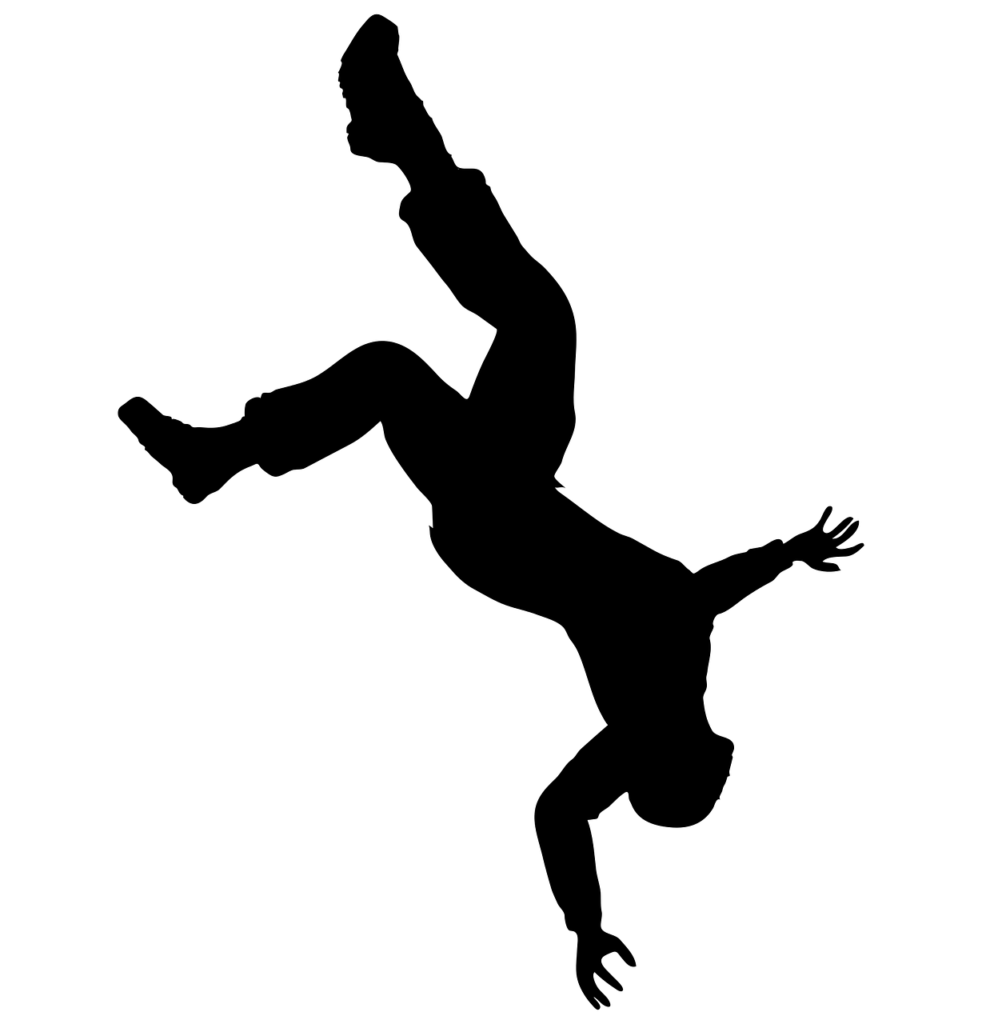
In 1989, barroom spectacles masqueraded as “sport” when Florida patrons competed for prize money awarded to whoever threw a dwarf the farthest or knocked down the most pins with a dwarf. A willing dwarf served as a human Frisbee when tossed into the air or a bowling ball when strapped onto a skateboard.
I learned about this traveling road show from Little People of America (LPA) advocates in Florida. They called me at my New York residence after reading the dwarf-tossing chapter in my 1988 book, Dwarfs Don’t Live in Doll Houses. My words—“When negotiation and advocacy don’t prompt an appropriate response, legislation will be the only means to avert the action”—had proved prophetic in Florida.
Want to subscribe to receive blog updates sign up today!
The Florida dwarf-tossing contests had thrived on negative publicity for a whole year. Any moves to shut down the contests failed because the promoters took the show on the road before local municipalities could prohibit the practice. Consequently, I agreed that a statewide law to make the offensive activity unlawful was needed.
Florida advocates succeeded in getting state lawmakers in both the house and senate to introduce a bill to ban dwarf tossing in licensed establishments. Although I had a minimal role in getting the Florida bill passed, I helped gain public support by joining Florida advocates as a guest on the Sally Jessy Raphael Show. One of the points I made was that dwarf tossing affects all people with dwarfism because it endorses society’s decision to strip dwarfs of their personhood and subject them to unequal treatment as freak show entertainment and objects of ridicule.
Dr. Cheryl Reid, a member of the LPA Medical Advisory Board, addressed the danger of dwarf tossing. She used an anatomical model to show that the spinal cord of dwarfs with achondroplasia—the most common type of dwarfism—has less room to move through the spinal column and is more likely to be kinked or bent possibly causing sudden paralysis or death. Support for her opinion came from quotes Sally read from other dwarfism doctors at nationally renowned medical centers.
Further medical evidence showed that there was no way to make dwarf tossing safe. Dr. Aldo F. Berti, Clinical Assistant Professor of Neurological Surgery at the University of Miami School of Medicine, wrote, “I do not believe any safety equipment used by the volunteer dwarves in their chosen risky business serves as significant protection since it does not give any stability to their weak musculoskeletal complexion.”
Contrary to the predictions of Florida dwarf-tossing promoters, the Florida bill became law on June 28, 1989!
According to Nancy Mayeux, the mother of two girls with dwarfism, the legislature found that dwarf tossing
- is morally wrong;
- creates discrimination against dwarfs;
- is a potential financial burden to the State when inevitable injury occurs to the uninsurable dwarf who is tossed;
- infringes on the rights of, and endangers, other dwarfs in the community threatened by tossing against their will; and
- is an embarrassment to the State.
This post is excerpted from Part II, The Rise and Fall of Dwarf Tossing, in “ALWAYS AN ADVOCATE: Champions of Change for People with Dwarfism and Disabilities” available on Amazon in print, e-book, and audio formats. Read more at https://angelamuirvanetten.com/always-an-advocate/.
Amazon book review excerpts re dwarf tossing:
“Perhaps the most inspiring section is the campaign run by Little People of America to ban ‘dwarf tossing’ in bars in Florida and New York. Angela was very much involved in this campaign, her legal background proving a major asset in getting this supposed ‘sport’ banned.” Geoff Ryan
“For me, the most thought provoking and interesting part two, the rise and fall of dwarf tossing. Angela documents her tireless efforts to ban the sport in numerous US states [and] provides an easy read legal debate regarding the so-called form of entertainment. It is interesting to see how Angela, and others, had to find persuasive arguments to ban something that should never exist in the first place.” Dr. Erin Pritchard
“It is hard to believe that Dwarf Tossing was considered a sport. As an orthopedic surgeon, the life changing damage to the body is unimaginable and possibly permanent.” James Farmer, M.D. “Angela and others battled the despicable and potentially deadly “sport” of dwarf tossing.” Eileen Healy



